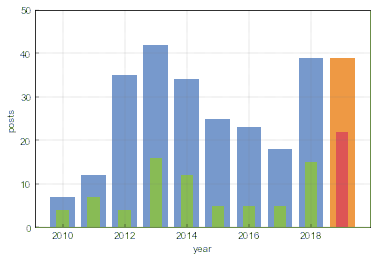J. Rogers: How not to fall for Bad Statistics
Most people hate math and (I would like to claim that) they hate statistics even more, because statistics are often harder to understand than everyday geometry, compound interest or any other everyday math problem. Yet understanding statistics is vitally important for many everyday decisions. While we can't fix the larger problem in just one post, we can suggest an interesting talk by Jennifer Rogers given at the Royal Institution about statistical lies and how not to fall for them.

